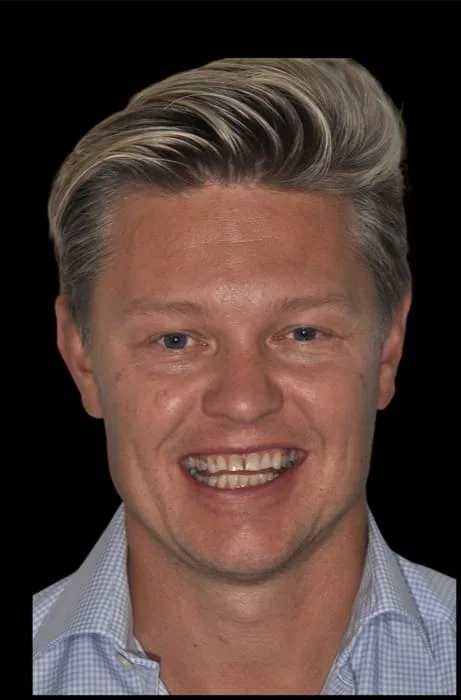
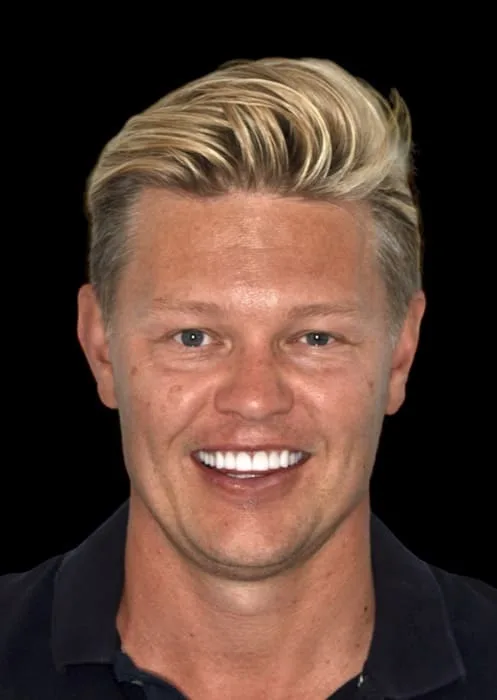
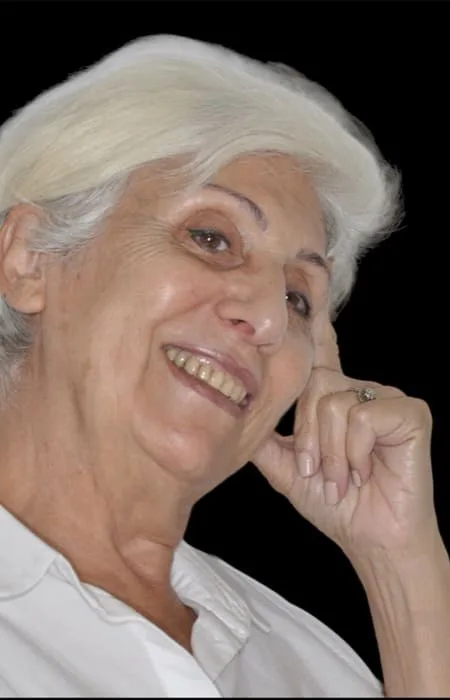


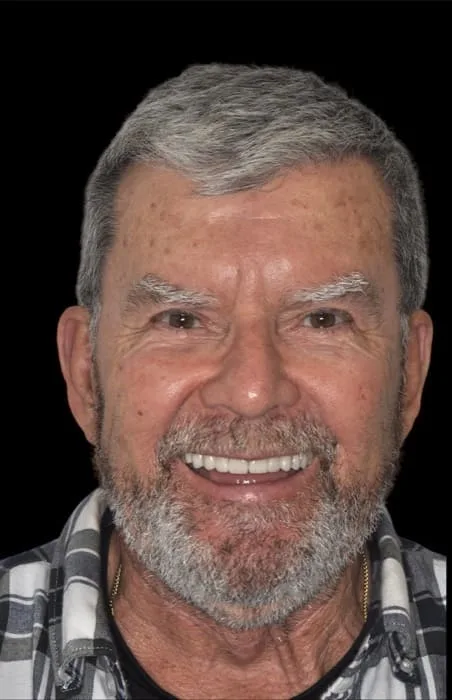
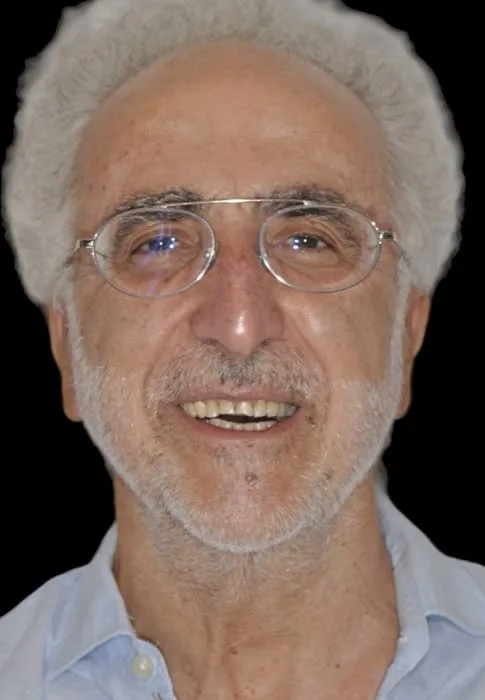


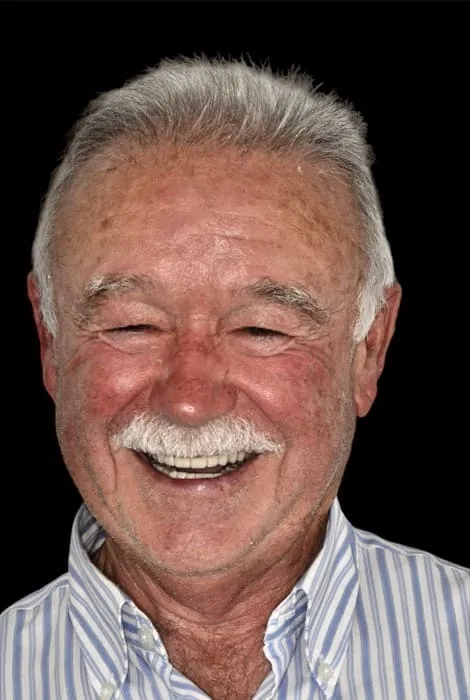
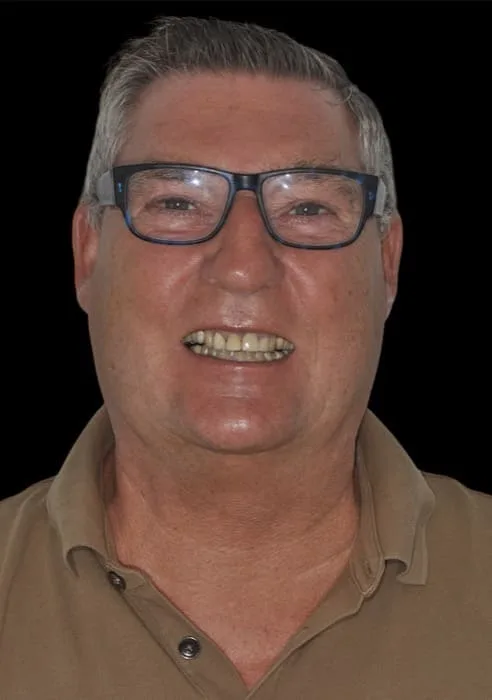
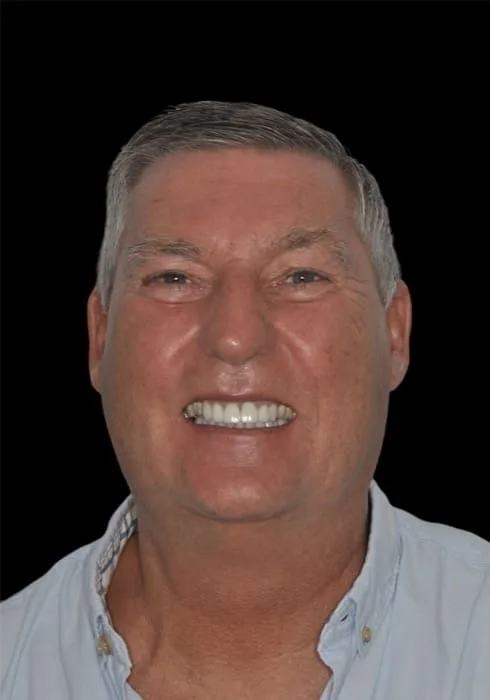
MINIMALLY INVASIVE ORAL REHABILITATION OR ON IMPLANTS.
As the patient ages, physiologically or through extrinsic habits, the patient produces a loss of dental tissue, even losing a tooth or several teeth.
At the first consultation, an initial assessment will be made, planning the sanitation of teeth and gums before any type of treatment.
Tooth wear can occur for multiple reasons, functional alterations such as bruxism, eating habits such as the consumption of soft drinks, or intrinsic or extrinsic acids.
Oral rehabilitation consists of restoring lost tooth structure and function. In most cases there is a decrease in the lower vertical dimension, which must be increased by adhering materials such as zirconium or lithium disilicate to the lost dental tissue. We avoid materials like metal.
Oral rehabilitation is performed on teeth that have lost tissue or on missing teeth in which implants will be placed to be able to rehabilitate later.
Previously, a study of the bone and gum is done to see the best placement of implants.
Implants are placed in partial areas, where one or more teeth have been lost, or even in complete arches in the case of complete tooth loss.
In cases of implants in partial areas, we normally wait between 2-3 months before crown rehabilitation. In cases of full arches, once the implants are done, a temporary is placed in a fixed manner after 24 hours (provisional fixed prosthesis) until after 2-3 months when a definitive fixed prosthesis is placed.
There are exceptions in which the period of time is longer, which is decided after doing an exhaustive study prior to planning the procedure.
In general, we try to do oral rehabilitations on teeth in an adhesive manner, only recomposing the dental material that has been lost.
In the past, it was rehabilitated by making crowns and greatly carving the tooth so that small stumps were left.
MINIMALLY INVASIVE REHABILITATION seeks only to recompose the lost material by placing onlays (INCRUSTATIONS) on the back and PALATINAL AND VESTIBULAR VENEERS in the previous part.
Inlays (onlay)
A minimal expulsive preparation of the tooth is done, that is, removing only sharp areas of the tooth and rounding edges to be able to adhesively cement the missing part of the tooth. It is done by laboratory.
Crowns
We ONLY make crowns in the case of replacing old crowns or in very exceptional cases of tooth malposition.
Palatine Veneers
In many cases, tissue loss occurs in the back of the incisors, which cannot be rehabilitated with vestibular veneers (external and visible part of the tooth).
We need to recompose that tissue by attaching the missing part.
In the past, when the front and back parts of the tooth were missing, the entire tooth was carved to make crowns and recompose everything in a single piece. This has multiple side effects such as excessive sensitivity of the tooth, even affecting the nerve and devitalizing the tooth.
With this method, only the missing part of the tooth is recomposed.
Ways to rehabilitate
Scale
A minimal expulsive preparation of the tooth is done, that is, removing only sharp areas of the tooth and rounding edges to be able to adhesively cement the missing part of the tooth. It is done by laboratory.
We ONLY make crowns in the case of replacing old crowns or in very exceptional cases of tooth malposition.
In many cases, tissue loss occurs in the back of the incisors, which cannot be rehabilitated with vestibular veneers (external and visible part of the tooth). We need to recompose that tissue by attaching the missing part.
In the past, when the front and back parts of the tooth were missing, the entire tooth was carved to make crowns and recompose everything in a single piece. This has multiple side effects such as excessive sensitivity of the tooth, even affecting the nerve. already devitalize the tooth.
With this method, only the missing part of the tooth is recomposed.
These are the ceramic and composite veneers described above.
Implants are placed in partial areas, where one or more teeth have been lost, or even in complete arches in the case of complete tooth loss.
In cases of full arches, once the implants are done, a temporary is placed in a fixed manner after 24 hours (provisional fixed prosthesis) until after 2-3 months when a definitive fixed prosthesis is placed.
Implants are placed in partial areas, where one or more teeth have been lost, or even in complete arches in the case of complete tooth loss.
In cases of full arches, once the implants are done, a temporary is placed in a fixed manner after 24 hours (provisional fixed prosthesis) until after 2-3 months when a definitive fixed prosthesis is placed.












